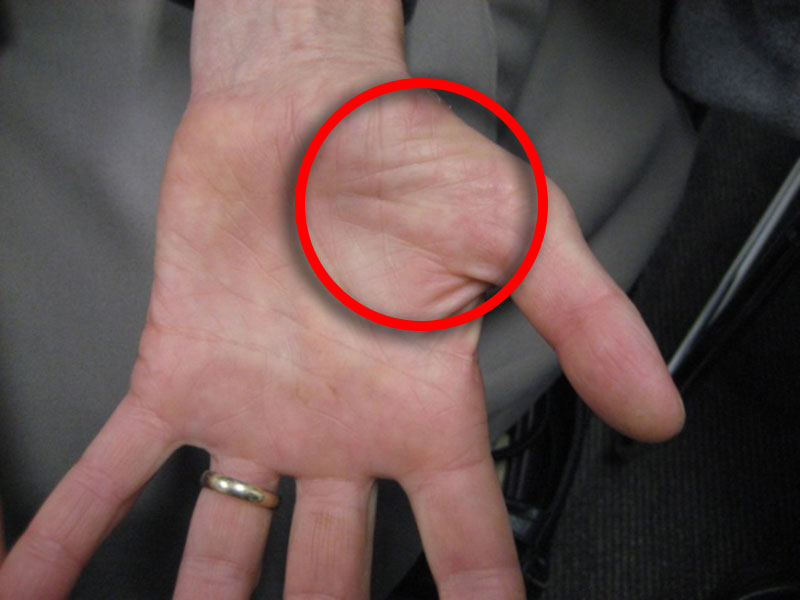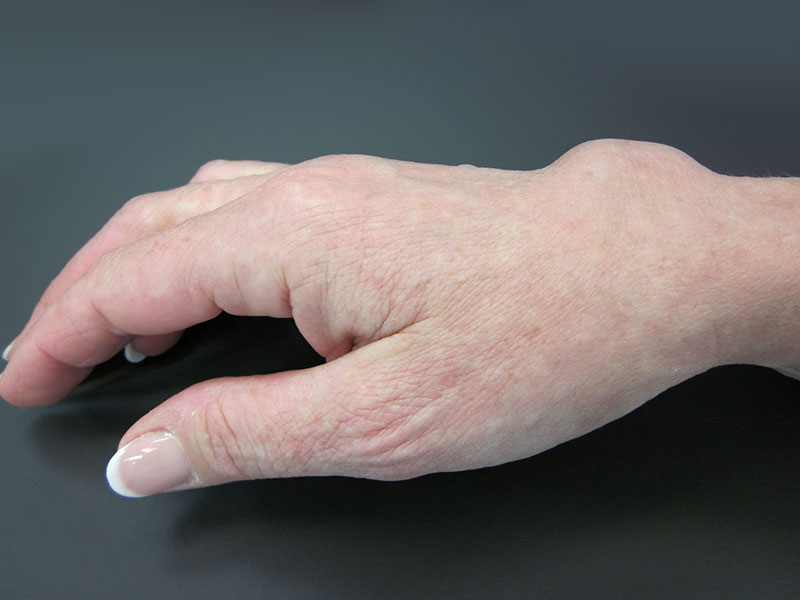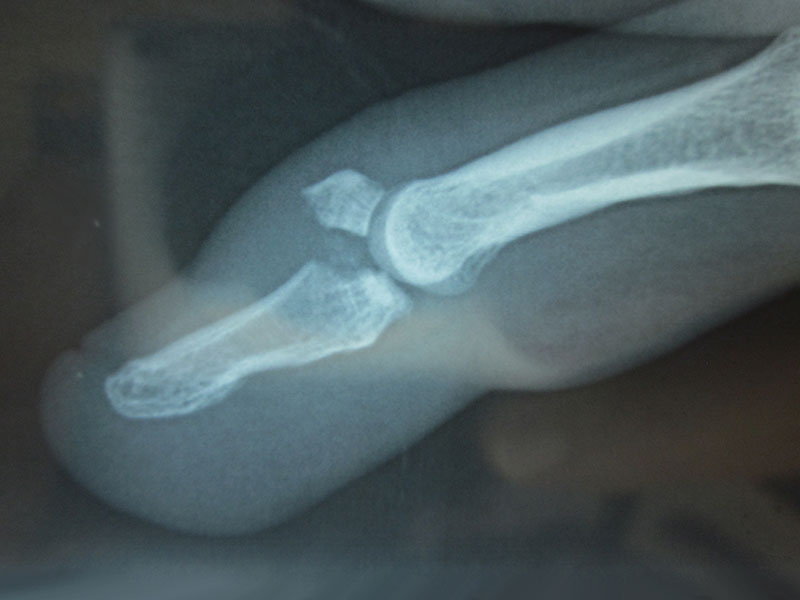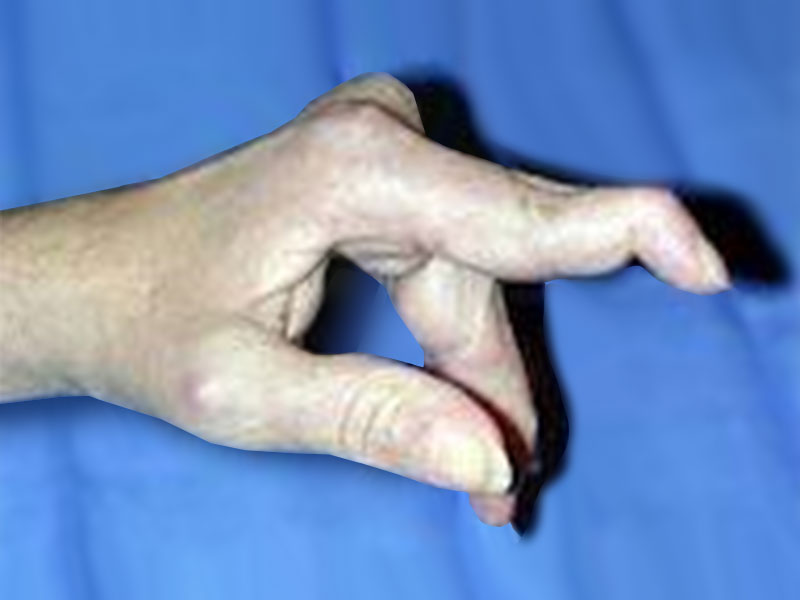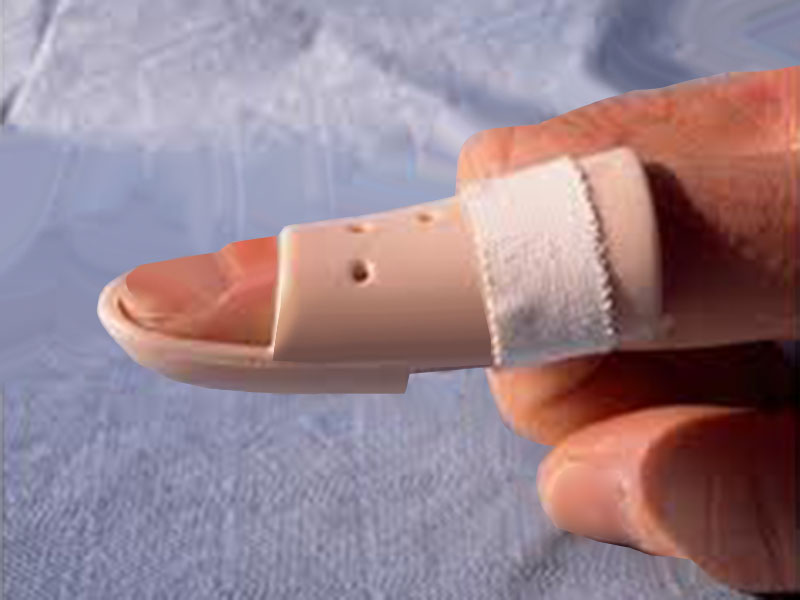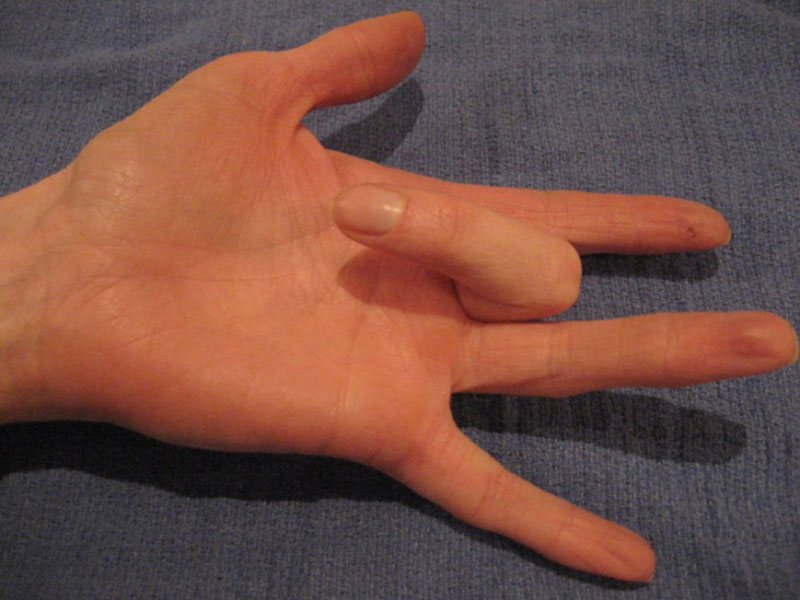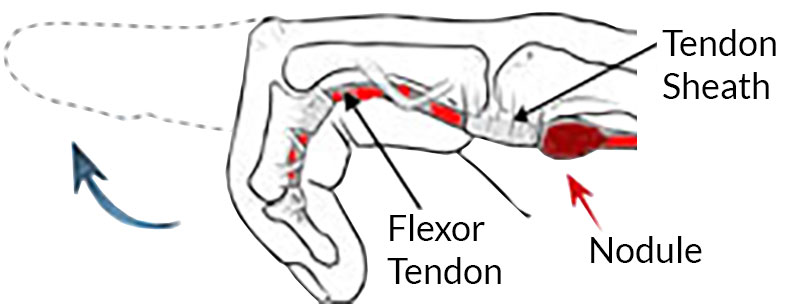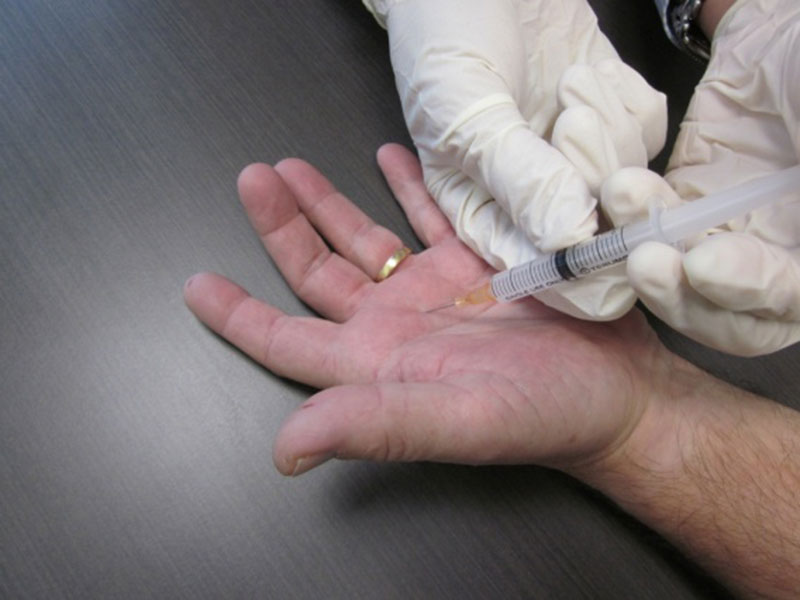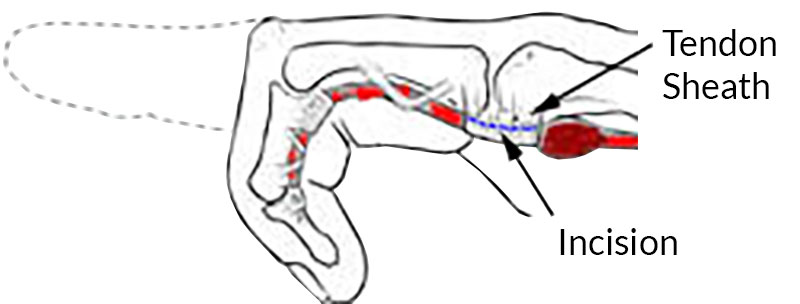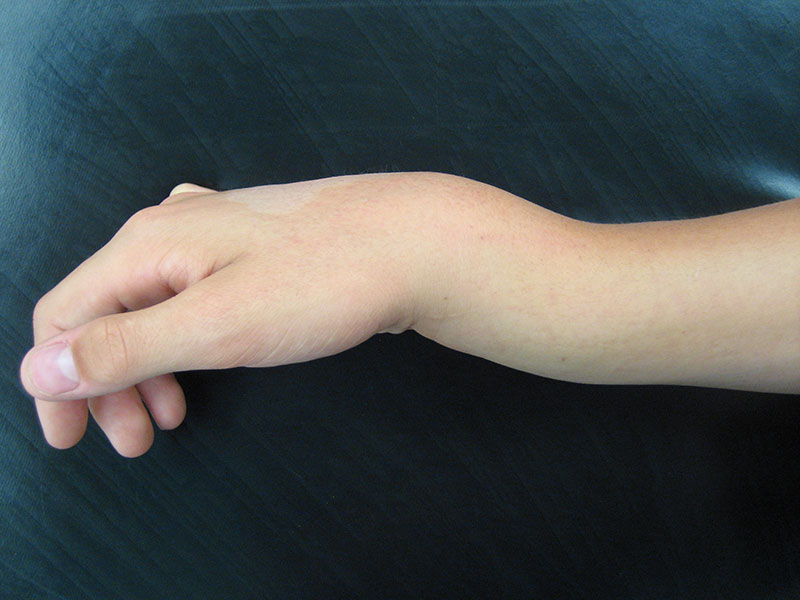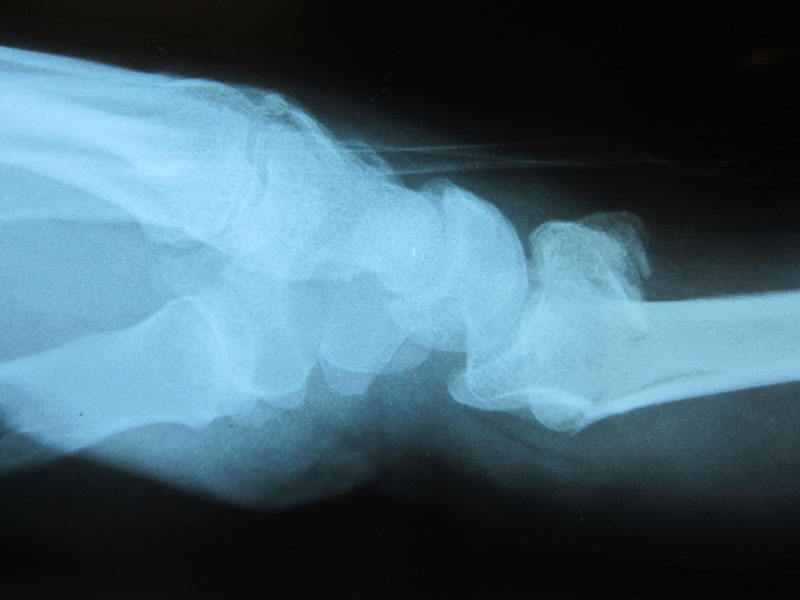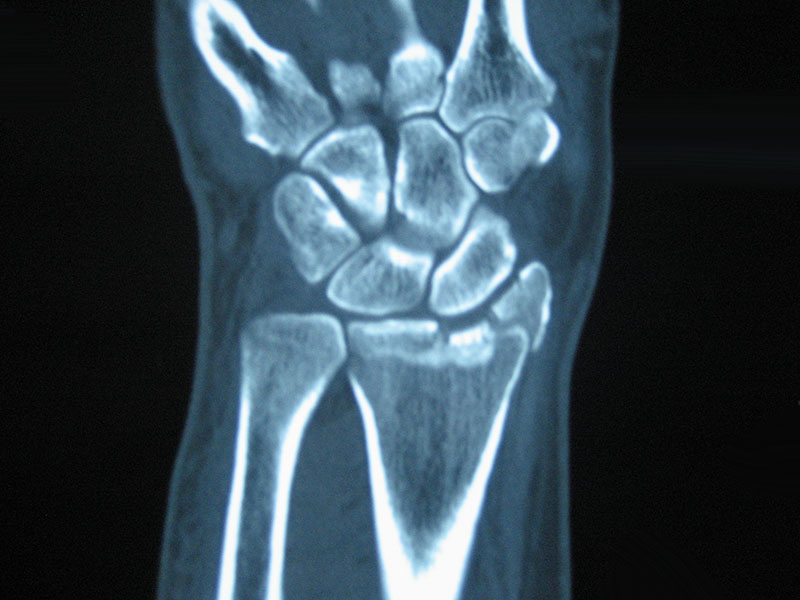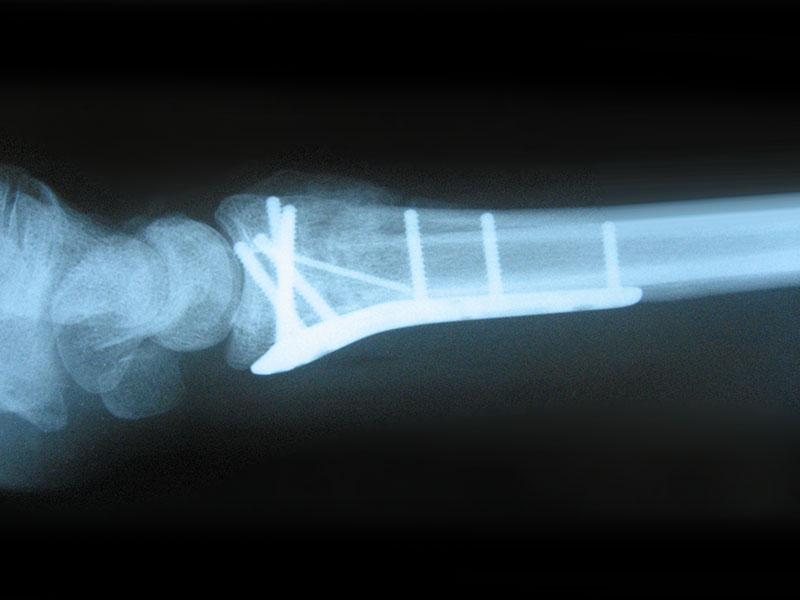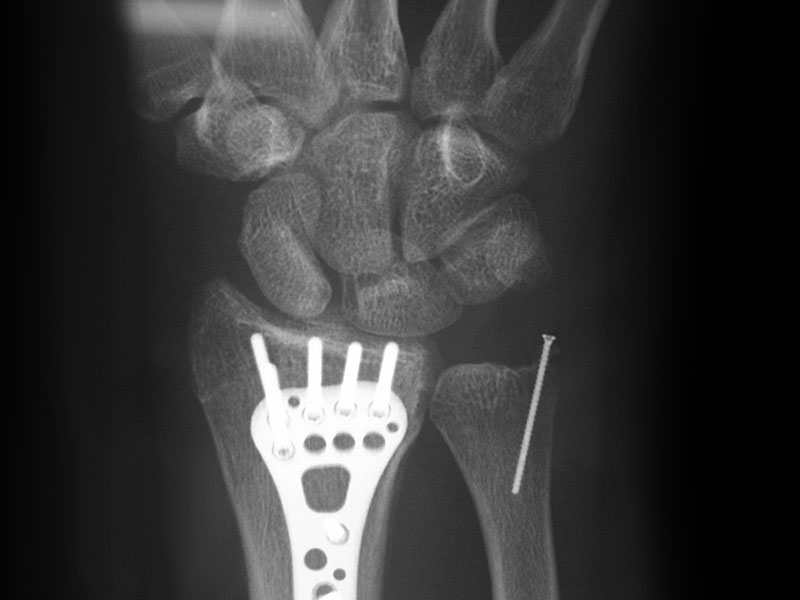Our preference is to perform open carpal tunnel release. This is through an incision that is usually less than 2cm long in the palm, between the muscles on either side of the palm. We prefer the open technique because it allows us to look at the nerve after the tunnel has been released to identify any problems and to look at the back of the tunnel to ensure that there are no lumps or bumps in the canal. You cannot do this if you use an endoscopic technique.
RISK OF SURGERY
GENERAL
- Infection.
- Bleeding.
- Tendon injury.
- Vessel injury.
SPECIFIC
- Nerve injury, less than 1%. This can be an injury to a branch that supplies feeling in the palm over the muscles at the base of the thumb or to the median nerve proper which supplies feeling in the fingers or the “motor branch” which makes the thumb muscles work.
- Stiffness – avoid by early motion.
- Pillar Pain – at base of hand, little finger side, aching pain that usually resolves with time.
- Chronic Regional Pain syndrome (CRPS) 0-5-1%, pain, stiffness, swelling, hypersensitive, discolouration, may require referral to pain specialist.
POST OPERATIVELY
-
- Immediately post operatively the hand is usually quite numb due to local anaesthetic used for the surgery.
- The hand and wrist will be in a soft dressing allowing some wrist motion and the fingers will be free.
- It is important to keep the hand elevated after surgery especially in the first 72 hours post op to
reduce/limit swelling.
- Keep the fingers moving, all the way straight and bent into a fist to limit stiffness and help reduce swelling. Do this in slight wrist extension.
- May use the hand for light activities as comfortable but avoid heavy activities.
- Keep the dressing clean and dry.
- May remove outer dressing after 1 week. May change under dressing if necessary.
- Review at 2 weeks for wound check and to remove sutures.
- Begin Scar massage to soften wound and desensitise scar.
- Avoid heavy lifting for 6 weeks post op.
- You may be referred to the hand therapist if required.
- Increase activities as comfortable but it usually takes at least 6 weeks to regain full function.
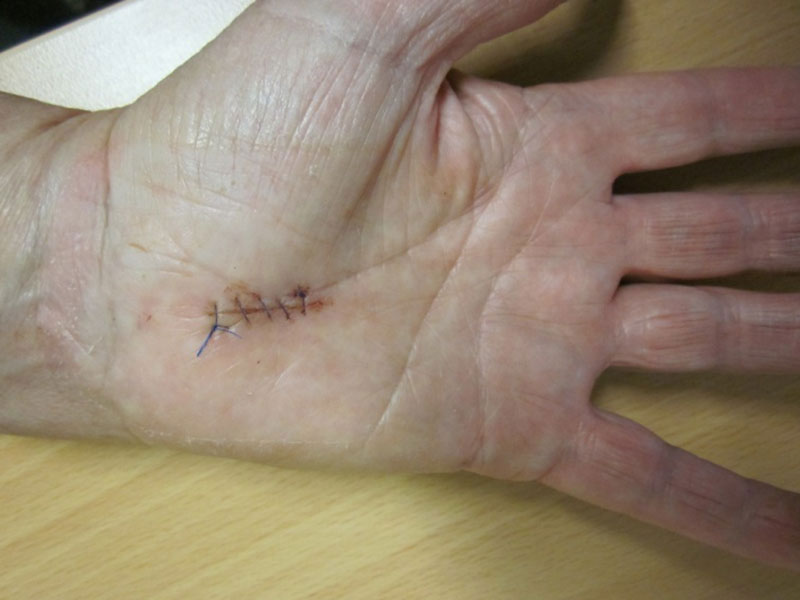
(Wound at 2 weeks)
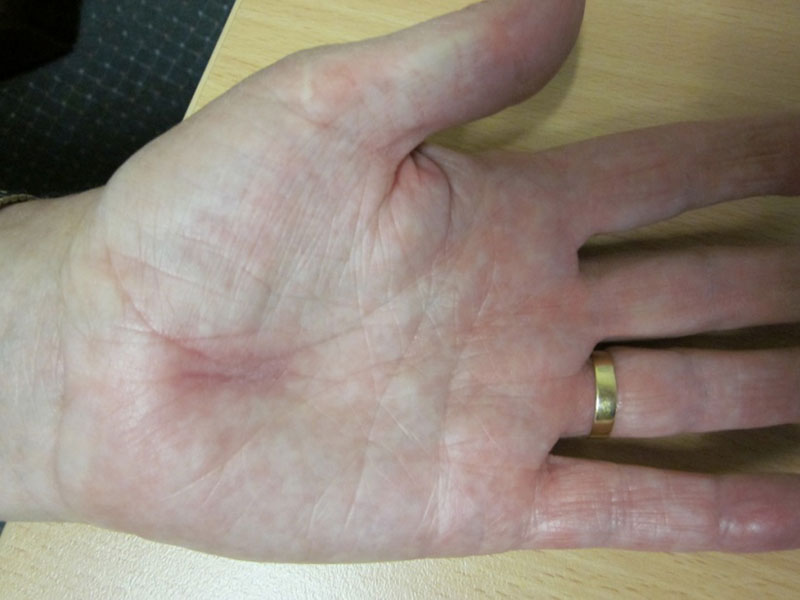
(Wound at 2 months)
Note: These notes have been prepared by orthopaedic surgeons.They are general overviews and information aimed for use by their specific patients and reflects their views, opinions and recommendations. This does not constitute medical advice. The contents are provided for information and education purposes only and not for the purpose of rendering medical advice. Please seek the advice of your specific surgeon or other health care provider with any questions regarding medical conditions and treatment.


